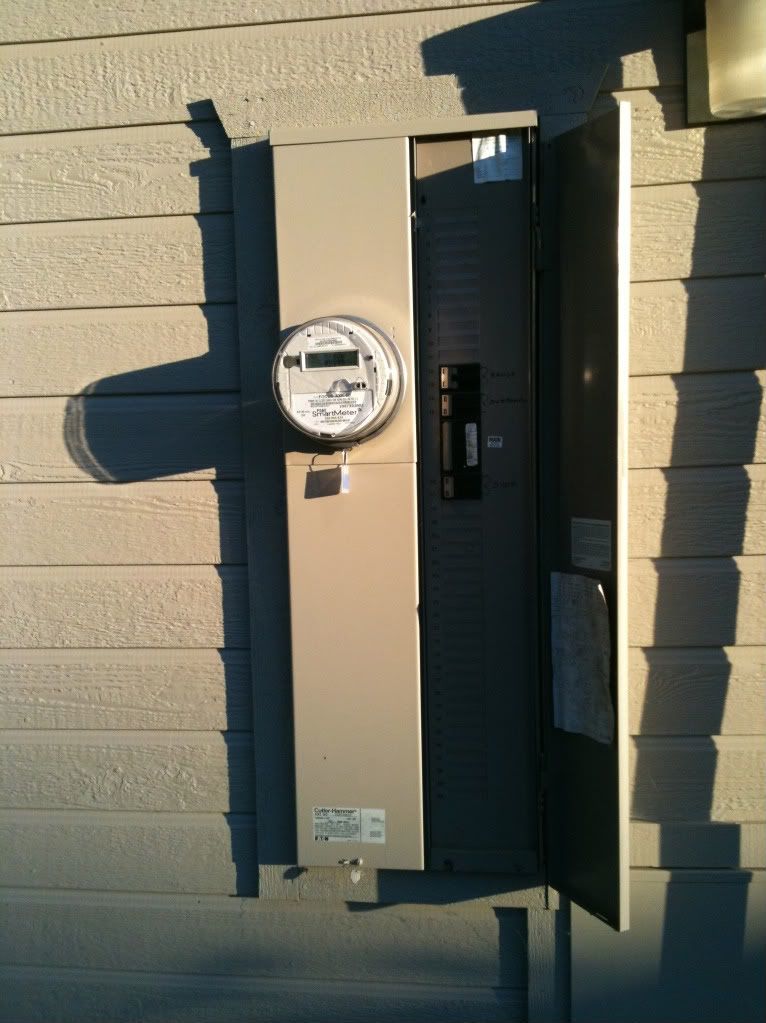hurk27
Senior Member
- Location
- Portage, Indiana NEC: 2008
Response to the OP the code will allow you to run all the way around a house with SEC's on the outside, a disconnect is only required when you enter the house either outside or nearest point inside, I have done many service drop over pool relocates where I leave the meter in the same spot and pipe PVC up under the eve and around to the gable end of the house where I put an insulator knob and a weather head on the PVC, the last one I did was over a 50' run to the new location, so you have options to leave the meter where it is.
As to the others that made a commit of the SEC's being by a window, you might want to read 230.9(A) a little more closely, as SEC's have an outer jacket and are allowed within 3' of a window.
As far as the south thing goes, I was born and grew up in south Florida, when I first got into the electrical trade (1974) it was common to not only have the disconnect outside but the main breaker panel also, now get this embedded into the stucco with the riser pipe inside of the outside wall, it must have been allowed for some time after I left as when I visited family down there a few years ago, my sisters house was built in the late 80's and had this very setup, I also hear this is done in some places in California also.
Could you imagine to have to go outside with a towel wrapped around you because you tripped a breaker using the hair dryer:ashamed:
As to the others that made a commit of the SEC's being by a window, you might want to read 230.9(A) a little more closely, as SEC's have an outer jacket and are allowed within 3' of a window.
As far as the south thing goes, I was born and grew up in south Florida, when I first got into the electrical trade (1974) it was common to not only have the disconnect outside but the main breaker panel also, now get this embedded into the stucco with the riser pipe inside of the outside wall, it must have been allowed for some time after I left as when I visited family down there a few years ago, my sisters house was built in the late 80's and had this very setup, I also hear this is done in some places in California also.
Could you imagine to have to go outside with a towel wrapped around you because you tripped a breaker using the hair dryer:ashamed:
Last edited:


